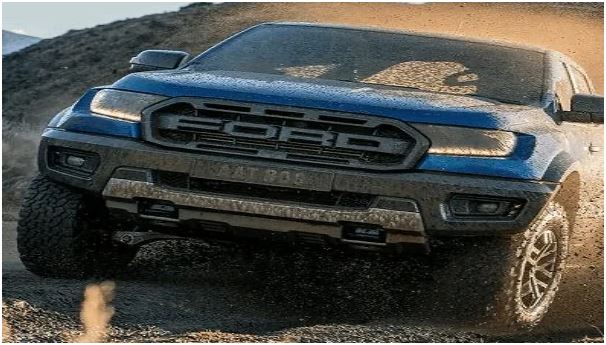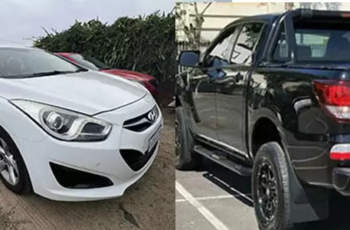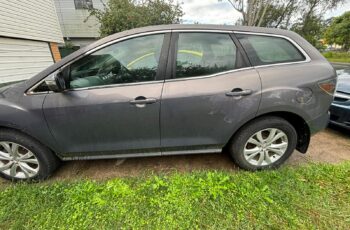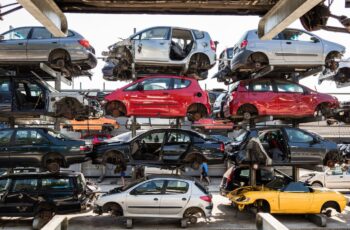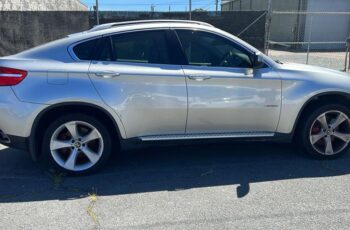A car these days can withstand the test of time since it is made of high-quality materials. Second-hand car purchases are not only a smart financial decision but also a savvy one. There are numerous reasons why buying a second-hand automobile can be a stressful affair, but there are a few things you can do to make it easier on yourself.
There is always a risk of lemons in this market because of the asymmetric knowledge. Keep a close eye on things and learn as much as you can about what’s going on. If you’re looking for a secure and trustworthy used car that’s also worth every penny, here are 12 things to consider.
What’s the Best Place to Buy, and What’s the Best Price?
Services providers, individual sellers, dealerships, and online resources can all help you find the vehicle you want to buy. Any car manufacturer’s pre-outlets can be used. If anything doesn’t feel right, don’t be scared to switch vendors. Setting a budget ahead of time is critical.
Once you’ve arrived at the dealership, there’s a good chance you’ll be swayed by a pushy salesperson. You should also take into account the cost of insurance, as well as other expenses.
The Art of Car Shopping
Make a list of the features, characteristics, and type of vehicle you’re interested in before you start shopping. If you can afford it, go for the latest models. Remember that after three years, new automobile prices tend to level off. Also, you should never buy an automobile that has been withdrawn from production. Take our word for it: It’s not worth the effort!
Just How Good of a Shape Is the Vehicle In General
There shouldn’t be any serious issues with the vehicle. The point of buying an automobile is lost if it can’t be driven. You should go above and beyond to make sure that all of your vehicle’s mechanical systems are in working order before you get behind the wheel. You can save a lot of money in the long term if you do this. Do not hesitate to walk away if you notice any problems.
Exterior Inspection First
First, check the outside part of the vehicle. This includes examining for scrapes and dents. Check for sloppy paint. Check gaps between fenders and doors. Uneven gaps indicate faulty manufacturing assembly or poor repair.
Check the wheel wells for rust and corrosion with a flashlight. Open and close the doors, hood, and trunk to check for noises or loose bolts. Check door and window seals for decay or tears.
What’s the Condition of The Inside
Make sure there are no tears or cigarette burns on the upholstery. In some cases, it may be appropriate to ask for a discount on the purchase price. Check the stereo, air conditioning unit, and windows. Look at the odometer to see how far you’ve driven. Make sure you get what you’re paying for by thoroughly inspecting the interior.
Look Closely At the Surfaces of the Window Panes
Checking for cracks and huge cratered areas is the next step in the inspection process before meeting used car dealers to buy second-hand car. Glass panel cracks will only become worse with time and may necessitate a costly repair in the future if they are ignored.
Take a Full Spin around the Block with This Vehicle
It is critical to take the car for a spin before making a final decision. Get behind the wheel and experiment with various speeds for around 20 minutes. This can help you determine whether or not the car is in good condition, and it will also allow you to discover previously unnoticed flaws.
Must Read: The Top Six Reasons for Buying Used Spare Parts for Your European Car
Be Sure To Review All of Your Documents A Second Time
Analyze all of the supporting documentation, including the original invoice and any associated receipts. This would make it evident if the vehicle has been involved in any collisions. In addition, we can see if any repairs were made to the vehicle, as well as its actual mileage. The Registration Certificate shows the number of times the vehicle has changed hands.
Engine and chassis numbers should be compared to the RC book. You can verify that the original owner paid all of the taxes by looking at the service book.
Ownership Transfer
If you sell your automobile, make sure you hand over all of the paperwork, including the registration certificate, pollution control certificate, and original invoice, to the new owner. Make sure the insurance documents are in order.
When selling an automobile in the future, the legal transfer of ownership must be documented in order to avoid legal complications. Due to the fact that you’ll need these documents if you get into an accident. Signing RTO forms 29 and 30 is a requirement for transferring ownership of a vehicle.
Do You Have Any Changes in Mind?
If you intend to modify your vehicle, select a vehicle accordingly. Make sure that the model you choose can handle any alterations that you want to make to the engine, including engine fuel, colour, and more. Older models are less likely to be able to accommodate upgrades and conversions.
Weigh In On Your Negotiation Abilities
At least some haggling will be necessary to secure the bargain you seek. Get some assistance if you’re having trouble haggling. Do your homework before you start any project or project deadlines. Another option is to go straight to a pre-owned car dealer and avoid the hassle of haggling. Advantages include warranties and certifications from the original manufacturer.
Check the Suspension
One of the primary processes for experiencing wear and tear is suspensions. Standing back from the vehicle and watching for signs of drooping or slumping are two ways to tell if the suspension is in excellent working order.
Check to check if the car body returns to its original position after applying pressure to each corner. In order for the car to keep moving up and down, the dampers of the vehicle need to be checked.
Endnote
Maintain a firm stance on all of these points, remain calm under pressure, and don’t give in to pressure when you ultimately meet the used car dealers to buy a second-hand car. Get the car you’ve been searching for!

